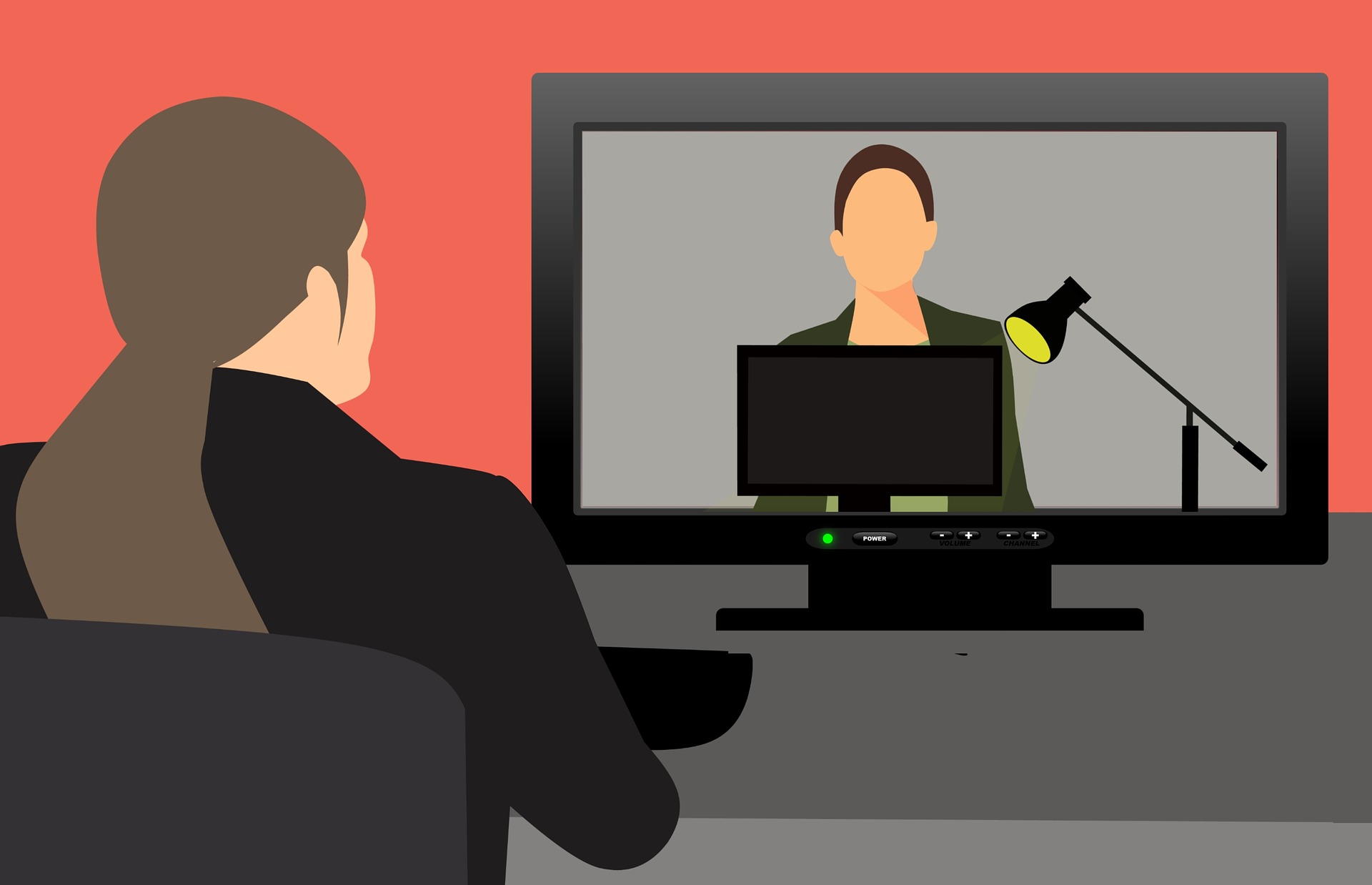Bad hair day? Poor lighting? An unfortunate piece of lunch caught between your front teeth?
Almost everyone falls victim to human nature and worries about their appearance in a photo or during live video. It’s likely that there are times you say to yourself, “I’m just not dressed for the camera today.” Maybe you’re still in your workout clothes. Or you don’t have makeup on. But in the same way you make sure you have time to get ready to attend meetings in person, leave time to prepare yourself for on-camera engagements.
In today’s connected culture, business executives spend their days in remote contact with clients, partners, and colleagues. Collaboration tools to enable business communication abound, and almost all include a video function. And so, to appear or not to appear — on camera. That is the question.
Don’t be afraid to turn the camera on. Here’s why you should embrace video in your business communications.
Make Better Connections
When you can see the people you talk to, you create stronger relationships — and clearer communications. Maybe your co-worker’s great smile makes you smile, too. Or the sports banner over someone’s left shoulder leads to a spirited debate over the outcome of last night’s football game.
While most professionals draw strong boundaries between their personal and professional lives, a bit of humanity goes a long way toward the trust and respect that are found in a strong and authentic business relationship.
Human communication also heavily relies on facial expressions and body language. The personal and physical nuances of a person’s face and body, as they speak and listen, add context to a discussion. An attentive face says, “I’m listening to you,” and a friendly smile during a difficult conversation conveys a professional demeanor.
People trust you more if they feel like they know you. And while you always want to be seen as a business professional, sometimes a more casual self and a little vulnerability help build that trust. Video doesn’t quite replace a one-on-one meeting, but visual connections foster more human contact and context than a simple voice call.
You Can’t Fake It
Imagine sitting in a conference room with your CEO and a top client. Would you whip out a basket of laundry to fold or log on to a travel site to book your next vacation in front of them?
Of course not. But when your meeting is remote, and no one can actually see you, focus can be a challenge. The visual component of a video call reduces the temptation to multitask or fall victim to some other distraction. The potential benefits of active participation also seem somewhat obvious: clear communication and teamwork, along with a more personal connection.
Safely Handle Security Concerns
Don’t hide behind security concerns. Sure, webcams have been hacked, and notable public figures (such as Facebook CEO Mark Zuckerberg and the former Deputy Director of the FBI) revealed they keep their webcams covered. But for most people, a suitable level of security can be easily achieved.
Vet collaboration tools, and use reputable vendors. Cover cameras when not in use, and always follow cybersecurity best practices to maintain the health of your electronic devices.
Fear of Looking Out — It’s Real
Don’t completely discount a hesitation to appear on camera though, as it’s not a “little thing.” However, if you’re comfortable on camera, it will come through — and the benefits are enormous. Embrace the camera as a friend, not an enemy.
ProResource has a checklist of tips on how to look camera-ready, to help you reap the professional benefits of video collaboration.
Location: Whenever possible, avoid public places. Instead, seek a quiet location where you are unlikely to be interrupted or distracted.
Background: Look at yourself through the eyes of your audience. Is your background distracting — or potentially embarrassing?
Can you create a scene behind you that reflects some of your personality? Consider a potted plant, a framed picture, or some other pleasant, yet not overwhelming, scene.
Lighting: Natural light is best. When it’s bright outside, a window can produce the same level of light you’d get from professional lighting equipment.
Experiment with the location of your camera, and consider where you may need to move it to achieve a favorable result. For example, if light streams directly onto your face, you might wind up squinting — which isn’t a good look for anyone.
Angle: Position your camera at eye level, which is typically the most flattering angle.
Apparel: Dress professionally, at least from the waist up. And if you are still wearing your pajama pants, don’t stand up and walk around in front of the camera.
Are You Ready for Your Closeup?
December is the perfect time to experiment with your camera. People are more relaxed, and you will be too. At ProResource, our team made a commitment to cameras, and we see a difference in the quality of our meetings. Give it a try!

